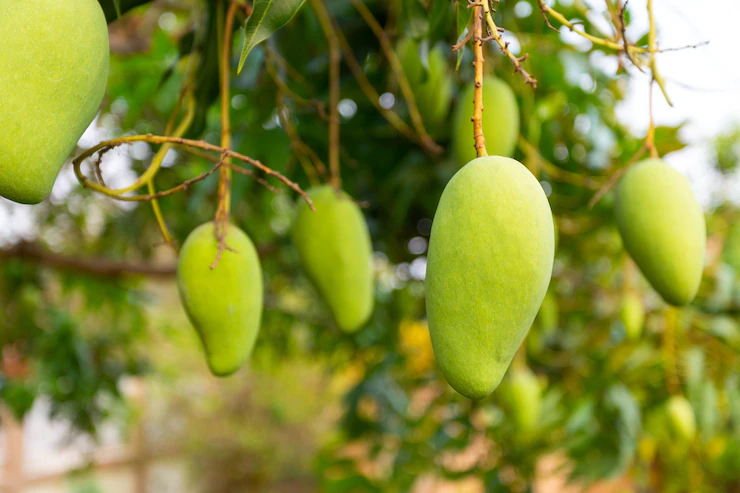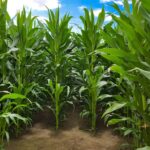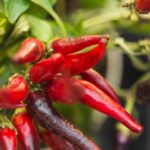Mangoes are luscious tropical fruits that can thrive in certain regions of South Africa, bringing a taste of the exotic to your backyard. Whether you’re an experienced gardener or just starting out, here are ten important things you should know before growing mangoes in South Africa:
- Climate and Region: Mangoes thrive in warm, tropical or subtropical climates. In South Africa, regions with a mild coastal climate, such as KwaZulu-Natal, Mpumalanga, and Limpopo, are suitable for mango cultivation. The average temperature should range between 25 to 35°C for optimal growth.
- Soil Requirements: Mangoes prefer well-drained soil with good fertility. The soil should be loamy or sandy, allowing for proper water drainage. Conduct a soil test to determine its pH and nutrient levels. Mangoes prefer a slightly acidic to neutral pH between 6.0 and 7.5.
- Variety Selection: Choose mango varieties that are well-adapted to your specific region and climate. Popular varieties in South Africa include Tommy Atkins, Kent, and Keitt. Consider factors such as fruit quality, disease resistance, and tree size when selecting the right variety for your mango orchard.
- Propagation: Mangoes can be propagated through grafting or air layering. Grafting is the most common method, where a scion from a desired variety is joined to a rootstock. It is advisable to seek professional help or attend workshops to learn the proper techniques for successful propagation.
- Planting Time: Plant mango trees during the warmer months when the risk of frost has passed, usually in spring or early summer. This allows the trees to establish their root systems before the onset of winter. Avoid planting during periods of extreme heat or drought, as it can stress the young trees.
- Spacing: Provide adequate spacing between mango trees to allow for their mature size and canopy development. Space the trees at least 10 to 15 meters apart in rows, depending on the variety and growth habit. This ensures proper air circulation, sunlight penetration, and ease of maintenance.
- Watering: Mango trees require regular watering, especially during dry spells or drought conditions. Provide deep and infrequent irrigation to promote deep root growth. Water the trees thoroughly and allow the soil to dry slightly before watering again. Avoid overwatering, as it can lead to root rot and other diseases.
- Pruning: Regular pruning is essential for mango trees to maintain their shape, control size, and promote better fruit production. Prune during the dormant season to remove dead, damaged, or crossing branches. Thinning the canopy also allows for better light penetration and airflow, reducing the risk of disease development.
- Pest and Disease Management: Mangoes can be susceptible to pests such as fruit flies, aphids, and scale insects. They may also be prone to diseases like anthracnose and powdery mildew. Implement integrated pest management practices, such as regular monitoring, cultural practices, and appropriate use of organic or chemical controls, to manage these issues effectively.
- Harvesting: Mangoes are typically ready for harvest when the fruits reach their full size, have developed a mature color, and give a slight yield when gently pressed. Harvesting time varies depending on the variety and growing conditions. Use a sharp knife or pruning shears to cut the fruit from the tree, leaving a short stem intact.
By considering these ten important factors before growing mangoes in South Africa, you’ll increase your chances of a successful and bountiful harvest. Enjoy the tropical delight of homegrown mangoes straight from your own orchard, adding a burst of flavor to your summer days.
Image by jcomp on Freepik








